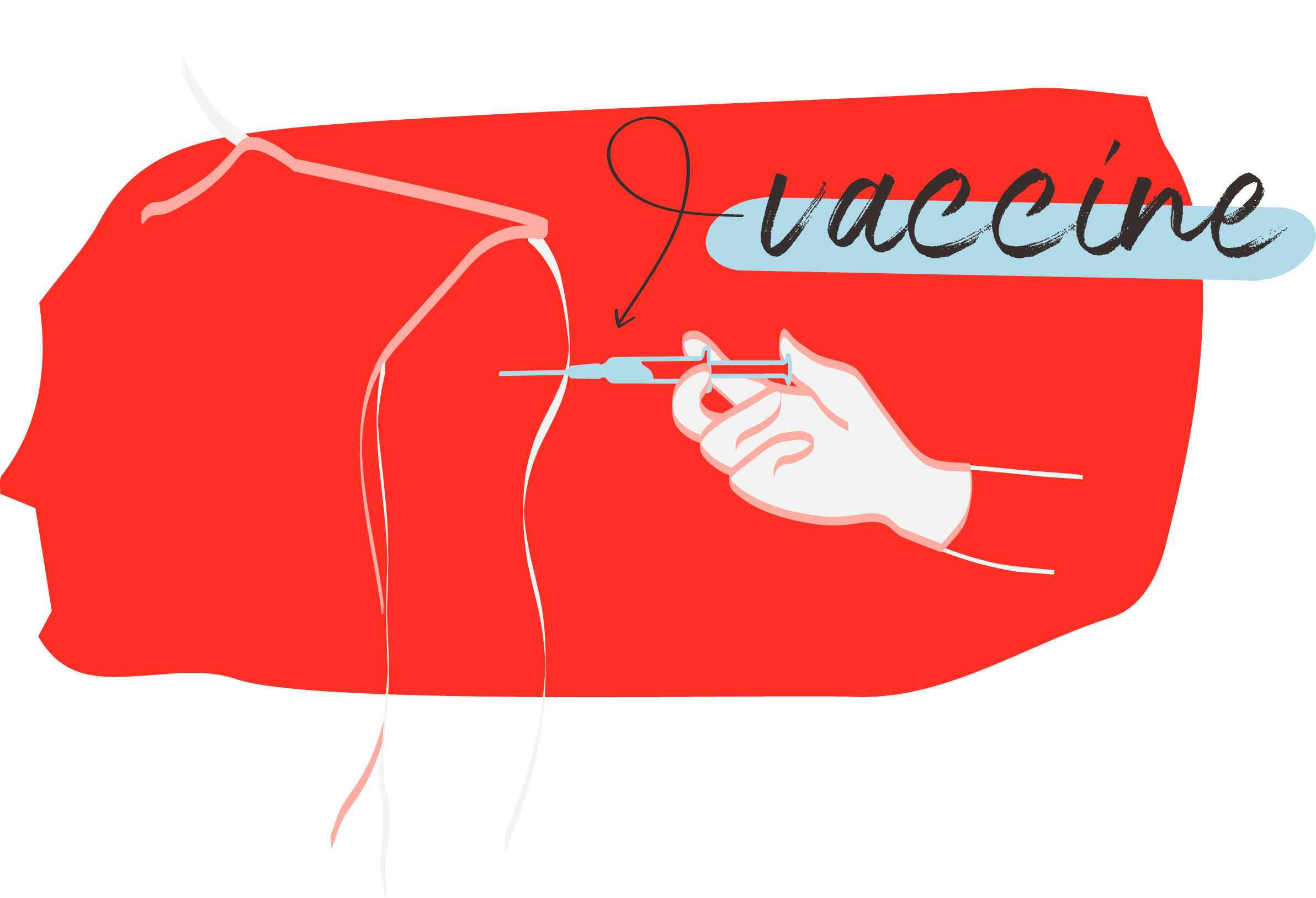January is Cervical Cancer Awareness month, which feels like the best time to bring up wellness resolutions, when so many are making goals centered around their health. For women+, a big part of that big-picture health is cervical health.
Here’s why: The American Cancer Society estimates 14,100 new cases of invasive cervical cancer will be diagnosed in 2022. Yikes. 😳 But get this, Betties: 93% of cervical cancers are preventable. Double yikes.😳😳
Which is why awareness is needed and we’re here with an explainer – like WTF is your cervix, and what does it have to do with HPV, what actually goes down during a pap smear, plus what you can do to protect yourself from this preventable cancer!
UNDERSTAND IT

What is a cervix?
The cervix is the lower portion of the uterus that connects to the vagina. It’s located about 3-7 inches into the vaginal cavity and can be seen with a speculum during a pelvic exam. It can also be felt with a finger or touched by a penis or toy during sex.
What is HPV?
Human Papilloma Virus (HPV) is a sexually transmitted infection and the main cause of cervical cancer.
When HPV enters and infects the cervix’s cells, it causes them to become abnormal, and eventually, can progress into full-blown cancer. HPV has many different strains, some more high-risk for cancer than others.
Betties, it’s important to note, when we say HPV is a “sexually transmitted” virus, we’re not just talking intercourse. HPV is spread from skin-to-skin contact, so it can be transmitted via oral sex or skin-to-skin contact of the genitals or thighs.
DETECT IT

A Pap test (aka Pap smear) screens for cervical cancer. How it works: With you reclining, your provider will use a speculum to open the vagina so they can clearly view the cervix and upper vagina. Using a brush, they will collect microscopic cells and bring them to a lab for viewing under a microscope.
This will show if the cells are a little abnormal, a lot abnormal, or show signs that they have developed into cancer. Some Pap tests can also provide co-testing for HPV infection, which can help your provider decide what to do next with the results.
PREVENT IT

GET VACCINATED
One way to protect yourself from HPV is by getting the HPV vaccine, which works to prevent the virus from infecting the cells of the cervix and causing abnormalities.
And get this: the vaccine is safe and up to 99% effective in preventing you from developing the most dangerous and cancer-causing types of HPV! The HPV vaccine is recommended for men, women and non-binary patients during childhood, but can be given to adolescents and adults, as well.
GET SCREENED
Since most, but not all cervical cancers are caused by HPV, regular screenings a lá pap testing for abnormal cells are your best bet against cervical cancer, Betties.
Cervical cancer is well studied, meaning, when it comes to spotting cancerous conditions and treating early stages of abnormal cells, healthcare providers are on top of it! A Pap smear is not a one-and-done run, though. We recommend periodic screenings to monitor any changes or a new HPV infection. ACOG recommends Betties aged 21 to 29 have a Pap test every 3 years, even if they have been vaccinated against HPV.
![]()
Betty’s Co. exists because we believe body-literate Betties own their healthcare decisions, have the power to revolutionize women’s health and can rewrite cervical cancer’s script by taking action steps to protect themselves.
You make an impact by not only prioritizing your GYN health but encouraging fellow Betties to do the same. (Hey, book appts together and make a pedi + pap smears date of it!👯)
Take the first step by dropping your name on the waiting list for Betty’s in-person experience, Care Close-By. Once we launch (March 2022!), you’ll be given first access to book your cervical health visit in our mobile health boutique.
Nervous or hesitant about getting a pap test?
We’re always down for a pap talk, Betties!
Drop your questions in the comments to hear directly from our providers. Because when you feel comfortable with your care, you’re more likely to be enrolled in your health.







Join the conversation